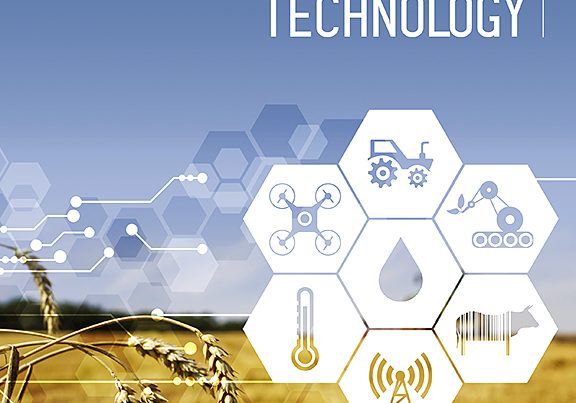Document type: Perspective article published in Science
Authors: Frans B. M. de Waal, Kristin Andrews
Excerpt: [...] After a long period of Cartesian denials of animal emotions owing to doubts about what they feel, or even skepticism that they feel at all, most affective scientists have settled on a distinction between feelings and emotions. Feelings are private conscious states that are not publicly observable and hence are iother small companion animalscessible to science, whereas the emotions are measurable physiological and/or neural states that are often reflected in behavior. Affective science concentrates on the emotions of animals while generally staying neutral on their associated feelings. [...]Affective neuroscience relies on animals to study which brain areas and neural circuits are activated during specific emotional reactions, such as fear, anger, disgust, and attraction. These findings are often extended to humans. This work began with observations of animal behavior suggestive of emotional states. [...] research has found that, for example, physiological changes, lowered temperature of the extremities, and activation of the amygdala during fear are notably similar in fearful rats and fearful humans. Even outside of the mammals, continuities in the expression and underlying physiology of the emotions are observed. Research in comparative endocrinology, for example, finds a role for glucocorticoids (stress) and an oxytocin-/vasopressin-type peptide system (reproduction, bonding) across a wide range of animals that includes invertebrates. [...]
Behavioral tools to evaluate emotional responses have been sharpened, too, such as the cognitive bias test. In this paradigm, investigators first manipulate the animals' environment, making it rich versus impoverished, or calm versus disturbing. Then they train subjects on two different stimuli, such as a high versus a low tone, which triggers either positive or negative reinforcement. By subsequently presenting the animals with an ambiguous stimulus, such as an intermediate tone, they can gauge their optimism (approach) or pessimism (avoidance) about the stimulus. The typical outcome in mammals and birds has been that a poor environment negatively affects their expectations about the world. [...]
Animals are exquisitely sensitive to signs of emotion in conspecifics, resulting in empathic reactions, such as consolation of distressed individuals by means of body contact, and synchronized behavior, such as when the fear and alarm of one individual arouses fear and alarm in nearby conspecifics. [...]
It is not hard to see that the denial of animal emotions, and by extension animal feelings, has been morally convenient during human's history of animal exploitation. Conversely, their recognition is bound to shake up our moral decision-making. This is because sentience is widely taken to be sufficient for what ethicists call moral standing, or the status of having one's interests morally matter. What this means in practice is that to act morally, a person must take into account those individuals with moral standing. Although we are used to thinking about how our actions affect other humans, recognizing widespread animal sentience requires us to also notice-and consider-our impact on other species. This way, animal sentience is bound to complicate an already complex moral world. [...]With an increasing number of species whose emotional states have moral standing, what follows about how exactly we should treat them? Here there remain more questions than answers. To make progress requires knowing the range and variety of animal emotions and feelings. It is not much of a stretch to presume that for many species, avoidance of pain is just one interest among many. For example, animal empathy research may find that cows are distressed by seeing their calf in pain, an additional interest that goes beyond the desire to avoid their own pain. These added interests also need to be considered when making decisions about good husbandry and agricultural practices. With more interests among more species come more pronounced and numerous conflicts of interest between humans and other animals.
Philosophical ethics offers theories and tools for managing conflicts of interests, although without understanding the wide range of features that may be morally relevant, the tools are only of limited help. For this reason, we think that greater integration between ethics and affective science by ethologists, comparative psychologists, and neuroscientists is needed to reach moral conclusions. This integration cannot come from ethicists alone but requires students of animal behavior to engage with the ethical implications of their work, which until now most have been reluctant to do.




